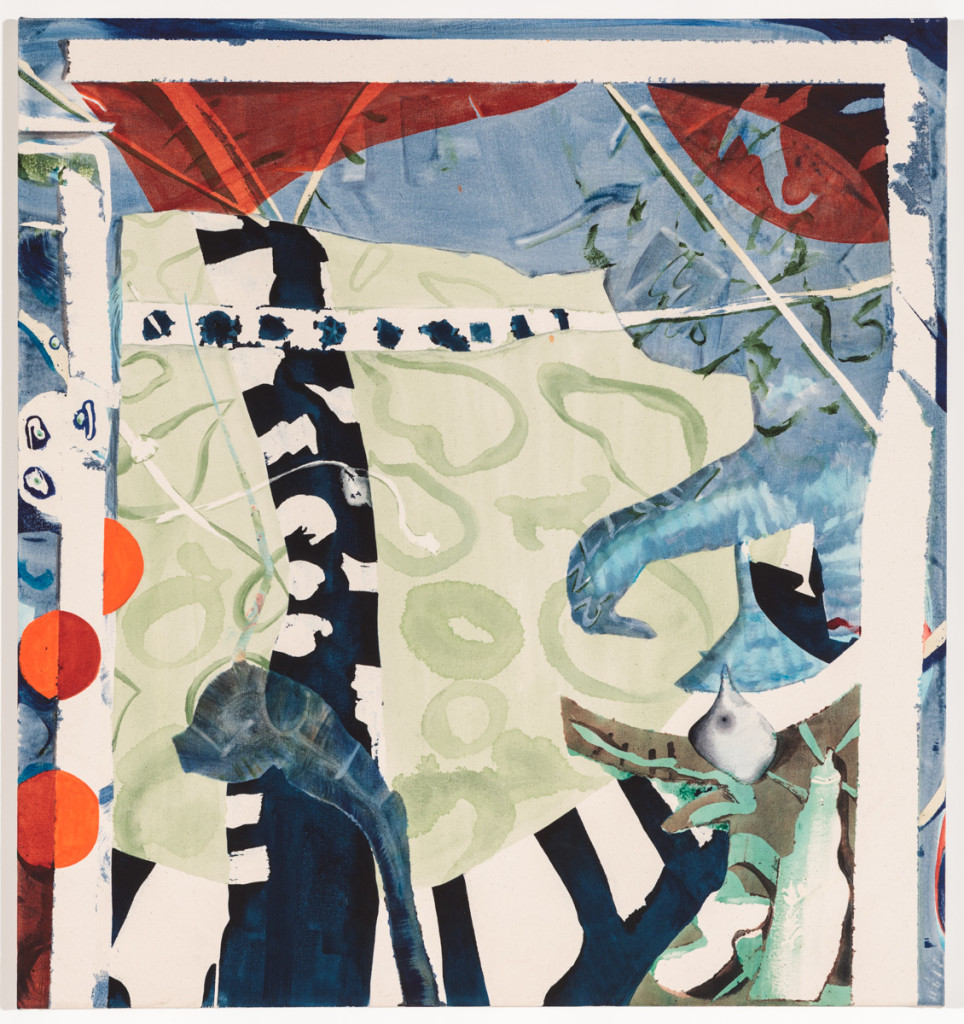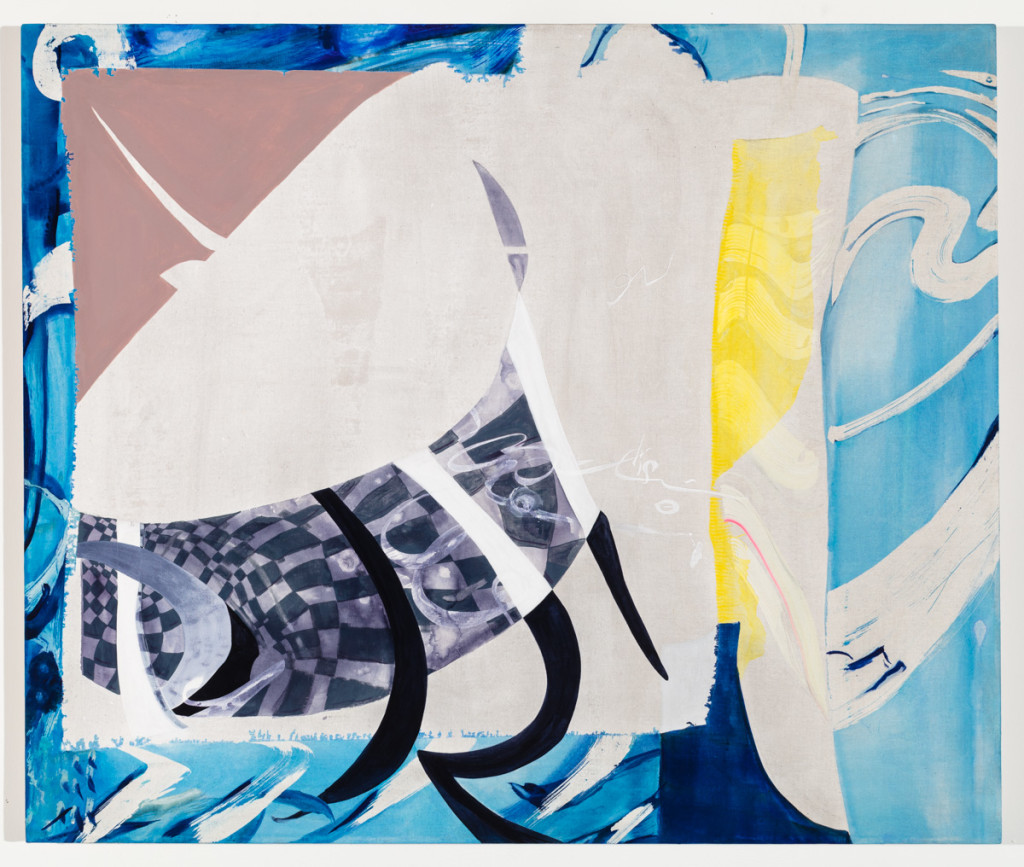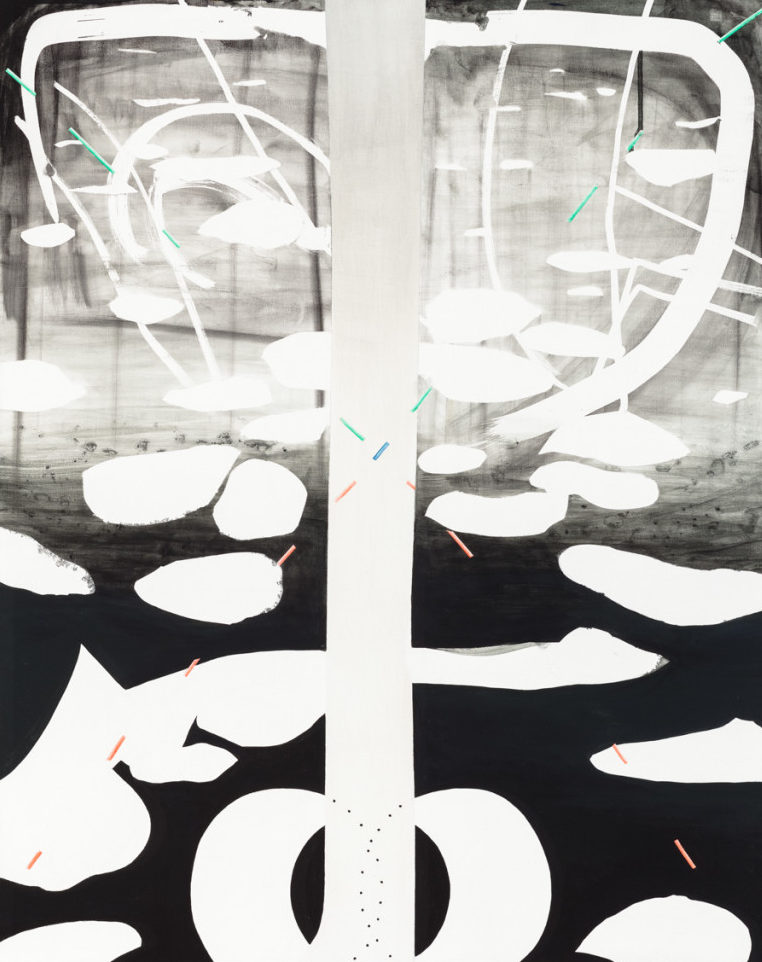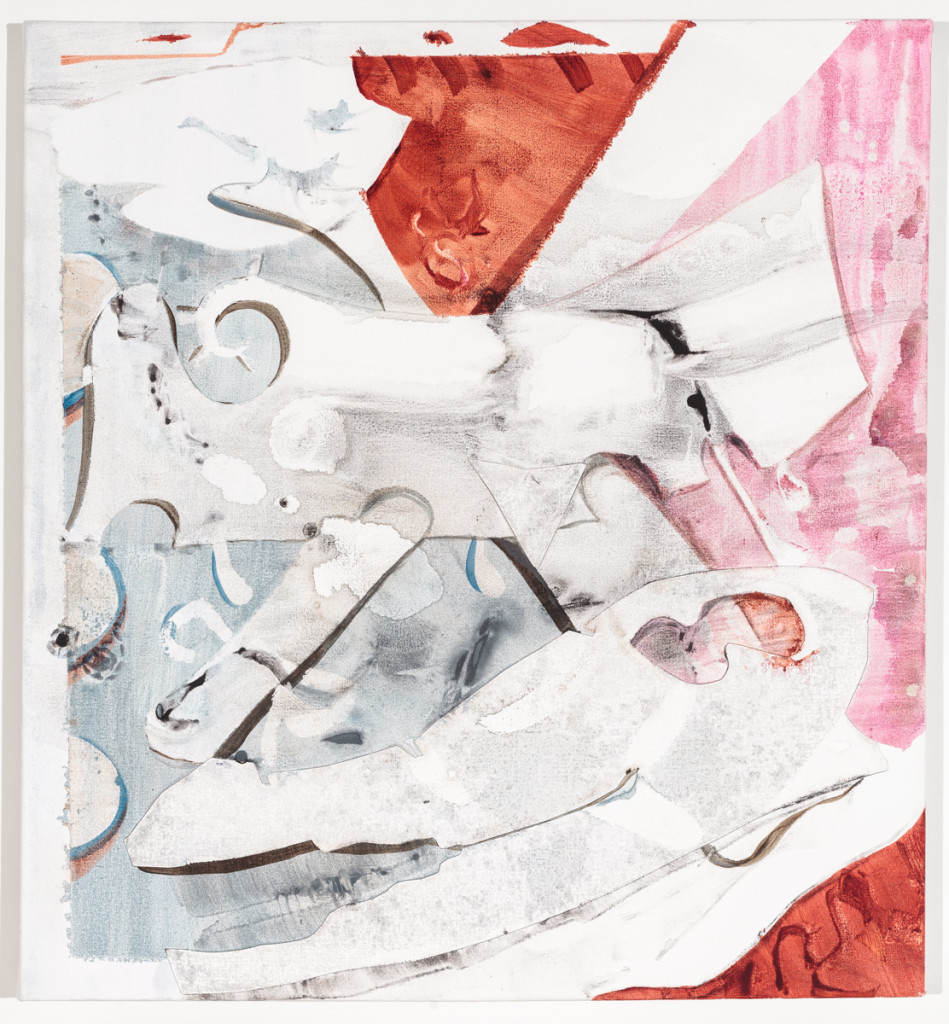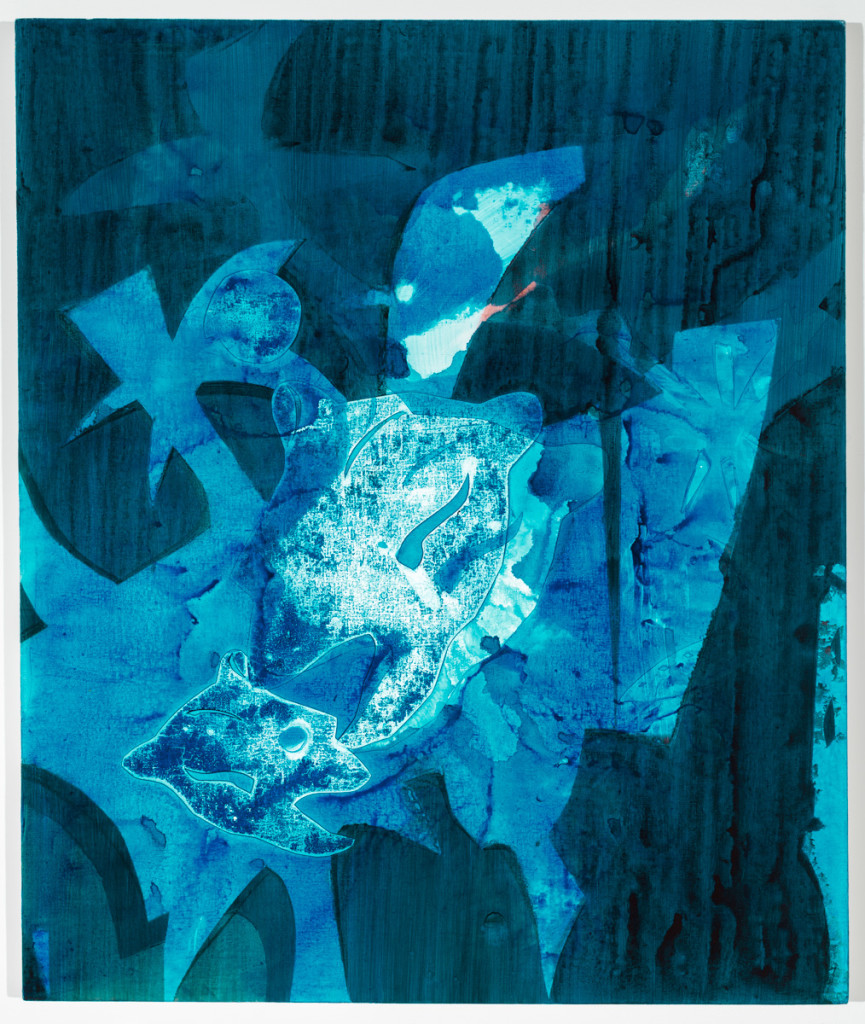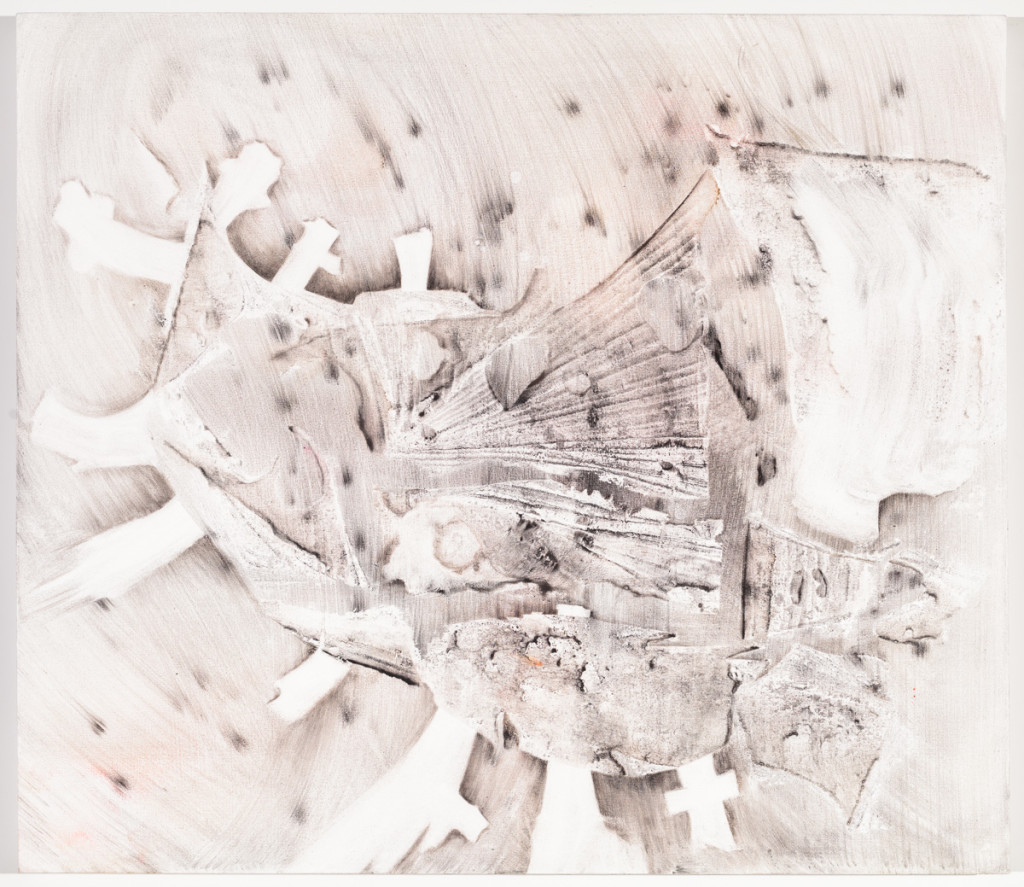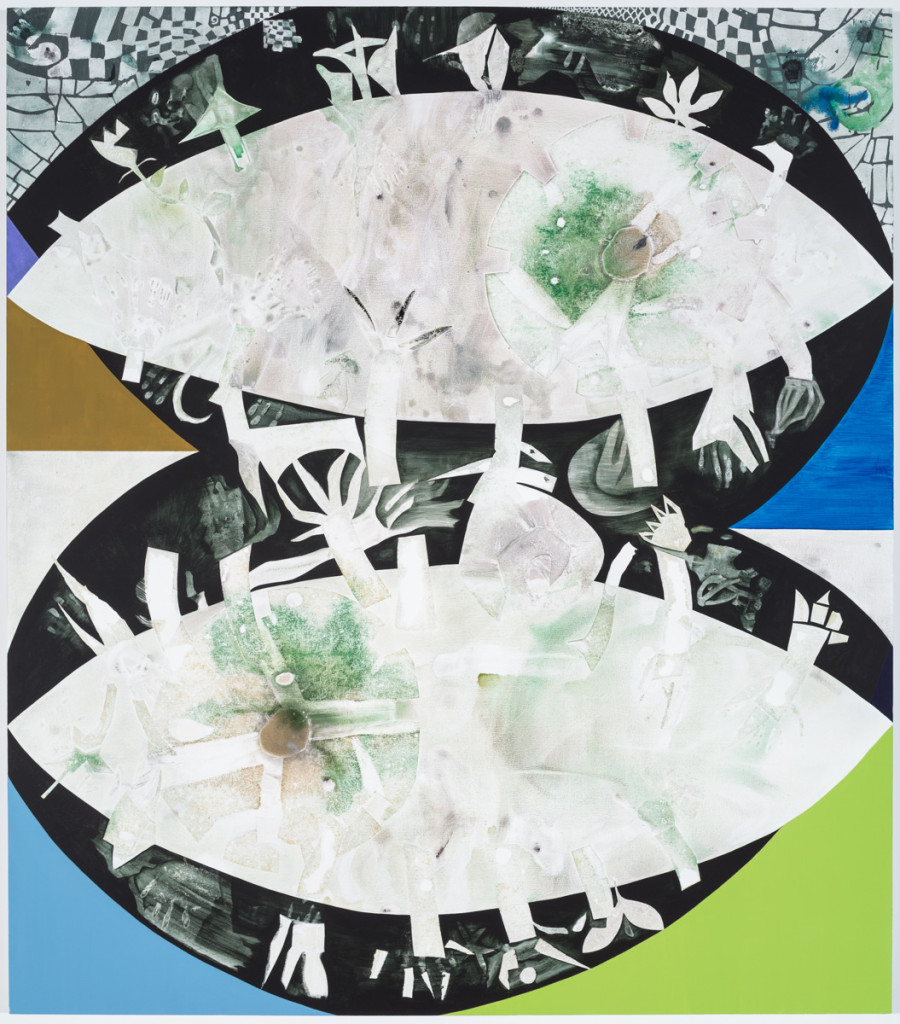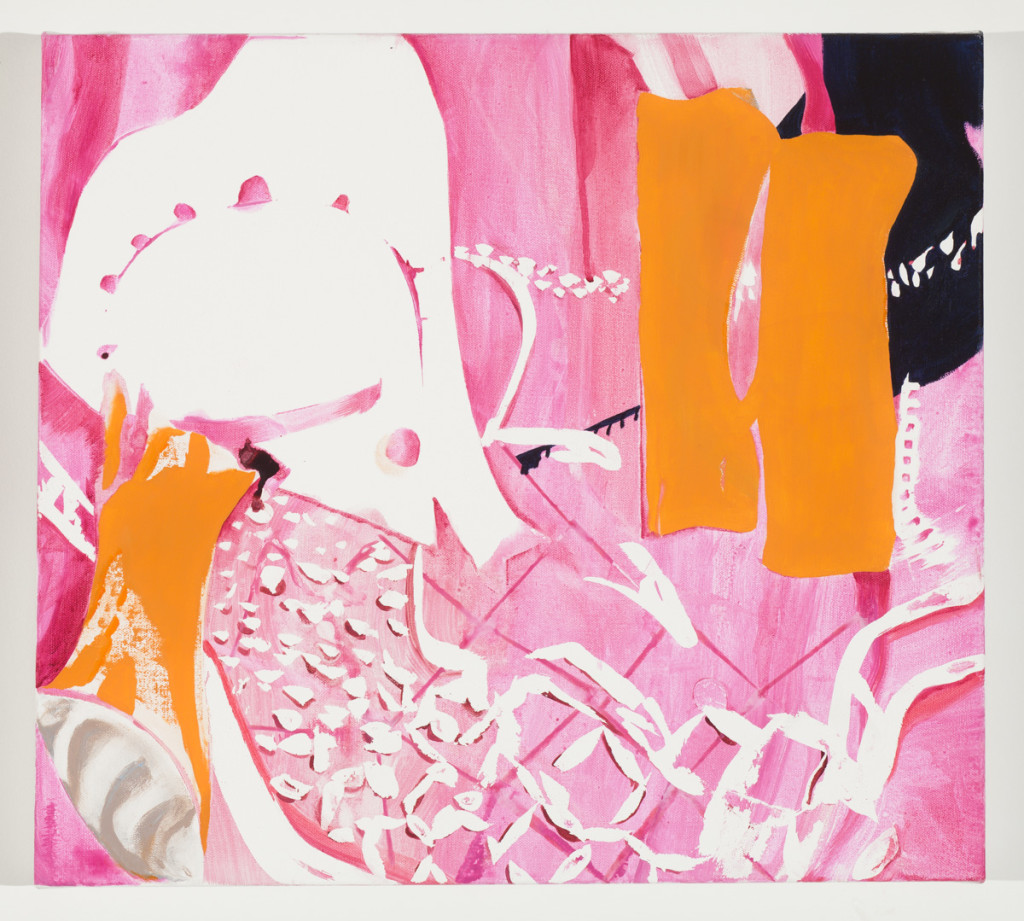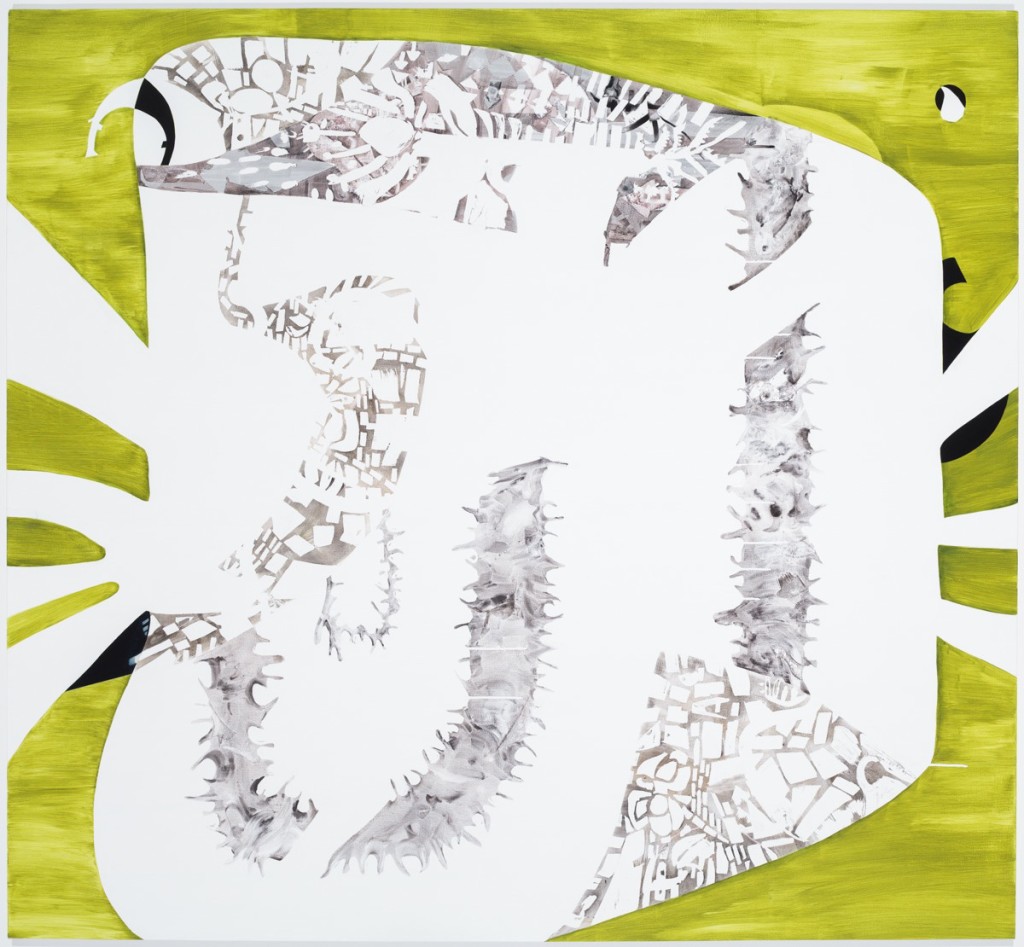Sophie Grant
Grant awarded Fall 2013
My trip united specific locations with exhibitions that enriched my relationship to abstract painting. In traveling to Berlin, Germany and Zurich, Switzerland I focused on two artists in particular. The impetus for making Berlin my primary destination was the singular and temporary exhibition “Hilma Af Klint, A Pioneer of Abstraction” at the Hamburger Bahnhof Museum for Contemporary Art. The retrospective was the first comprehensive survey of the Swedish female artist, who began making abstract works in 1906. The show comprised of 200 paintings and drawings, including many never before seen works, diaries and notebooks. The second site of study during my travels was the Emma Kunz Center in Würenlos, outside of Zurich. The Center, which includes a museum, grotto, and quarry, was founded in order to preserve the art and research of the twentieth century female artist and self identified healer Emma Kunz.
My introduction to both Hilma af Klint and Emma Kunz was through the exhibition “3 x Abstraction: New Methods of Drawing by Emma Kunz, Hilma af Klint, and Agnes Martin” at The Drawing Center in NYC in 2005. While this show was revelatory for me at the time, it was only a scratch on the surface in my understanding of the work and artistic approaches of these artists. I had long since felt a strong love for and affinity with af Klint and Kunz as women who were each cultivating a personal relationship with abstraction as a way to make visible ideas and forces rooted in philosophy, nature, science, and spirituality. Both af Klint and Kunz’ dedication to immersive mental reflection, research, and writing was also of personal interest in relation to extensions of painting and gender. Seeing the breadth of their work and evolution of their ideas was truly inspiring and humbling. The urgency to both make art objects and write extensively was evidence of their desire to find their own language in the canon of art long defined by men. Integrating themselves in their making, Kunz and af Klint seemed to nurture a whole and inclusive practice where formal ideas simply weren’t enough. Walking into the grotto, I felt a connection to the embodied, lived experiences that perhaps drove these artists to resist separating theosophy, anthroposophy, healing practices, botany, technology, and other facets of life from their art.
I was also fortunate enough to visit the Venice Biennale through this grant. It seemed critical to see that year’s “The Encyclopedic Palace” where both Kunz and af Klint were included artists. Seeing their work installed together (in the same room!) within the Central Pavilion felt both like a victory of recognition and a familial moment, as well as a rather professional art framework for practices I had grown to see as so complex and extensive. In was through the physical act of traveling and putting my body up close to these works, that I was able to be in communication with a critical facet of painting— a changeable mixture of living and non-living things that has framed individual and collective human understandings throughout history.
A primary reason I was attracted to Kunz and af Klint was their organic sensibilities with line. For me, drawing has always been an immediate avenue for channeling thought, but after my travels, I have been complicating my thinking and making relationship in paintings and blurring the distinction between the two media. Af Klint’s paintings enabled me to understand more dynamic color relationships, scale, and a non-linear sense of subject matter. Both artists used color to give the sensation of life itself. I came back to New York with a desire to articulate my color choices with more buoyancy. I began making larger paintings using techniques that required a range of body movements and physical maneuvers. It was still important to consider aspects of lightness and beauty, though now with an enormous force, and not one that would succumb to the grandiosity of what society has called major or masterful. These works allowed me to articulate and include a subtle slipping back and forth between notions of major and minor. As a painter, I am increasingly interested in a matrilineal history of painting, and I believe that through this trip (and residual inclusive and embodied ways of thinking about painting), my work has became more rebellious in a reflexive way.










